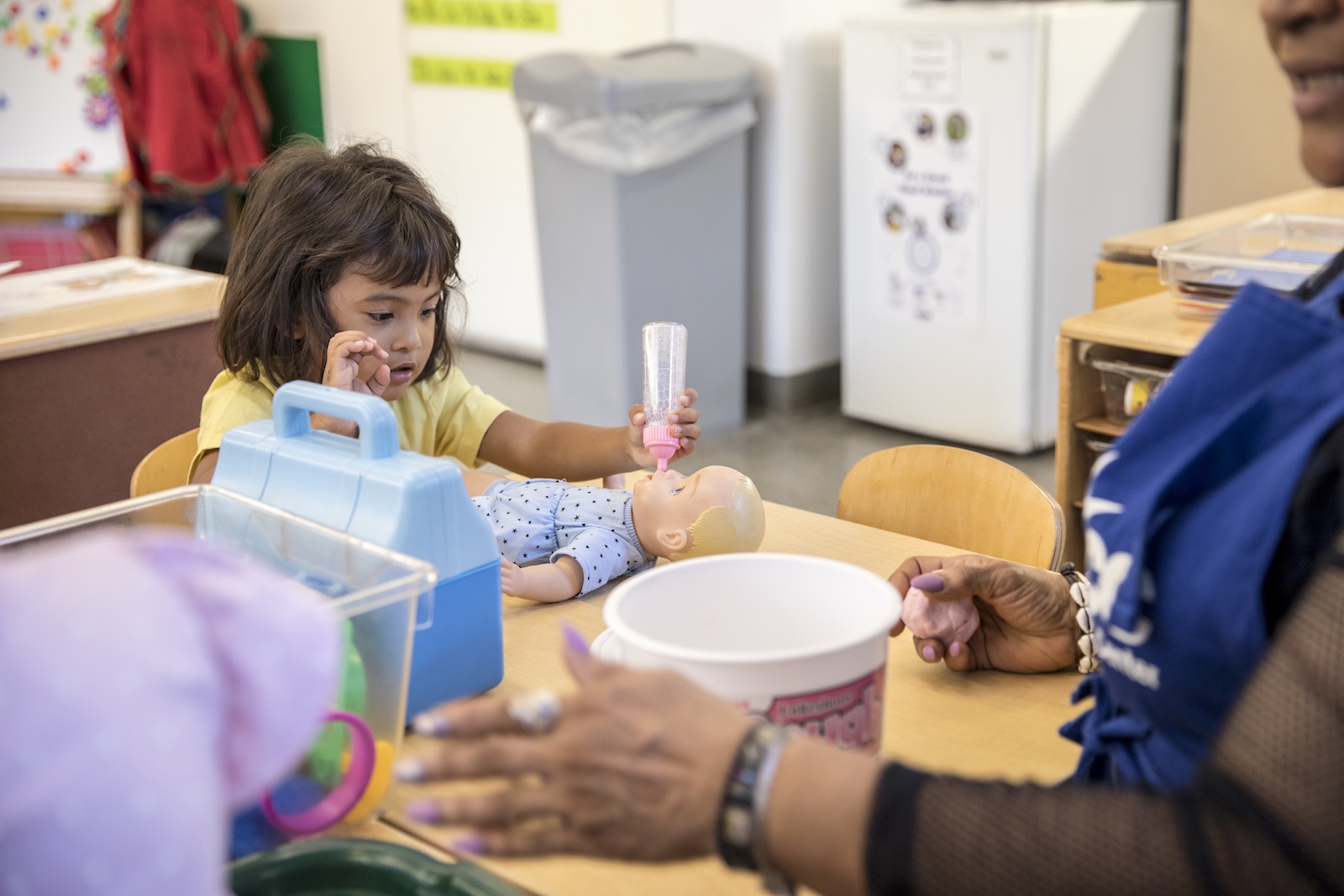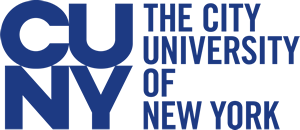Career Path Indicator
Our brief assessment tool will help you reflect on your interests and goals and match you with 1 of 5 career paths in early childhood education.

Career Path Survey
Please note that there is no right or wrong answer for this assessment. Although you may agree with more than one choice, you can only choose one letter, so click on the one that most closely aligns with your thoughts or beliefs. At the end of the survey you will be given a description of which Career Pattern reflects your choices.
Decision survey adapted from: Careers with young children: Making your decision. Authors: Judith W. Seaver, Carol A. Cartwright, Cecelia B. Ward and C. Annette Heasley. 1979. National Association for the Education of Young Children. Washington, DC.
It has been modified where appropriate to reflect updated language and/or fit the needs of this online assessment tool.
Question 1 of 12
Why do you feel early childhood is an important period of life?
Results
The results of your survey answers have suggested the following career pattern(s) for you:
Career Pattern -
Positions Fitting Career Pattern
Career Pattern A - Working Directly with Children
The greatest degree of involvement with children is evidenced in the careers in pattern A. These include a wide range of professional areas including health, education, psychology, recreation or social service. Regardless of the particular content emphasis of an individual's training, that content will be applied in working directly with young children.
Careers in pattern A also vary according to the amount of professional training and the degree of responsibility the individual exercises in planning services for young children. These include individuals who work directly with young children as teacher's aides, assistant teachers, assistant group leaders, housekeepers, family day care workers, and other positions that often do not require extensive professional preparation. Higher levels of professional preparation and responsibility for children's services are required for careers such as pediatric nurses; nursery school, child care, or head start teachers; school nurses; and primary grade teachers. Considerably more specialized professional training is required for pediatricians, dietitians, speech therapists, and physical therapists and school psychologists.
Individuals in Career Pattern A have contact with the families of young children and frequently use support services of trained specialists or other professionals. A strong liking for young children that leads to interacting easily and competently with young children is an absolute prerequisite for careers in this pattern.
Positions Fitting Career Pattern A
Jobs that involve working directly with children on a daily or very frequent basis.
- Child care aide
- Head Start aide
- Preschool owner
- Pediatric nurse
- Family day care provider
- Babysitter-housekeeper
- Head Start teacher
- Child care worker
- School psychologist
- Pediatrician
- Speech therapist
- Physical therapist
- School nurse
- Hospital play aide
- Infant caregiver
- Public school teacher
- Bus driver
- Nursery school teacher
Career Pattern B - Delivering Services to Families
Career Pattern B includes individuals whose daily work is focused on delivering services to families, although contact with young children in these families may be frequent as well. These services can affect the quality of life for all members of the family unit including young children. Professionals in pattern B are committed to working through parents to help children, and much of their efforts focus on helping adults realize their potential.
Most careers in this pattern require a moderately high degree of professional training. Individuals who are employed to deliver services to families must be capable of working directly with families as well as working with agencies and organizations that provide services. Some of the careers found in pattern B are social workers, family therapists, educational specialists in a prenatal clinic, and parent educators or parent coordinators.
Individuals can often increase the amount of contact they have with families of young children by specializing. Thus, a social worker could primarily work on adoptions, a public health nurse may work with child abuse cases, or a case worker may work through a community mental health center counseling grandparents who are raising grandchildren.
Positions Fitting Career Pattern B
Jobs that involve helping families provide for their young children.
- Social worker
- Public health nurse
- Education specialist-child care clinic
- Family therapist
- Clergy member
- Parent educator
Career Pattern C - Organizing Services for Children and Families
Leadership and organizational duties are the primary responsibility of men and women who work in careers in pattern C. While a teacher may reach 20 children in career pattern A, a Career Pattern C leader might reach 20 teachers who in turn will reach 400 children and their families.
Positions Fitting Career Pattern C
Jobs that involve directing and organizing programs and services for children and families.
- Day care director
- Head Start director
- School principal
- College teacher
- Public school supervisor
- Consultant
- Program coordinator
- Lab school director
- Recreation director
- School superintendent
Career Pattern D - Providing Support Services to Those Who Work with Children and Families
Career Pattern D includes individuals who are experts in various content areas related to programs and services for children and families. These men and women provide support services and disseminate their information and skills to other professionals who work with children, families, agencies, services, and program that more directly affect young children. These individuals are not likely to be found in frequent or sustained contact directly with children or families, and they do not usually supervise other or administer programs.
Careers in this cluster include a wide range of professional interests. The most common jobs are university-based researchers, trainers, librarians, teacher resources center staff, and agency and referral specialists. Individuals who choose these careers have received extensive training.
Career Pattern D people exemplify a strong orientation towards skills and knowledge in particular content areas. Many individuals who successfully pursue these careers have worked directly with young children at one time or another. Such experience often aids them in providing realistic and practical help to those they serve.
Positions Fitting Career Pattern D
Jobs that involve working with other professionals who in turn work with children and families.
- Researcher
- Evaluation specialist
- Agency trainer or staff developer
- Librarian
- Author/editor
Career Pattern E - Providing Goods and Services to the General Public that Assist Children and Families
The key to careers in pattern E is the phrase "general public." Individuals who work in these careers serve the general public, not just individual children, families, or professionals. In serving the general public, such people provide goods and services that are particularly helpful to children, families and professionals. Most individuals in pattern E careers have strong knowledge and skills in the particular career area in which they work. They may acquire skills and knowledge relevant to young children and their families through their work experiences. Like professionals in careers described earlier, Career Pattern E individuals have the option of directing some of their efforts to areas that will affect children and families.
Positions Fitting Career Pattern E
Jobs that provide to the general public goods and services affecting children and families.
- Department store buyer
- Newspaper or magazine reporter or editor
- Dietitian
- Author of children's books
- Architect
- Museum docent
- Park guide
- Interior decorator
- Television programmer
- Freelance writer
- Radio commentator
- Religious education director
- and many more!

